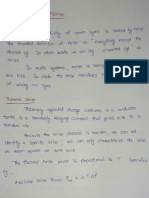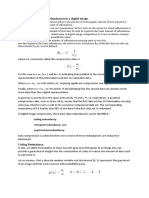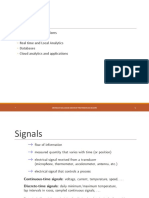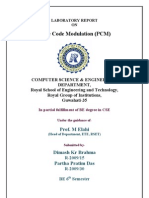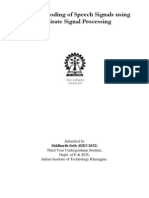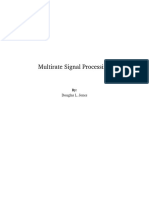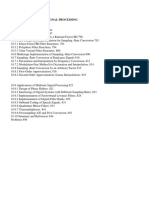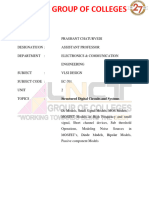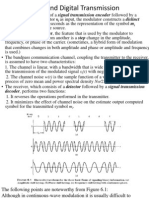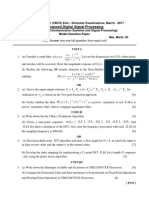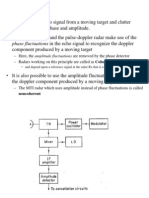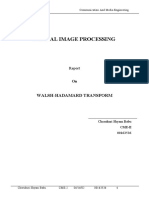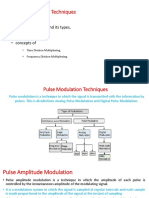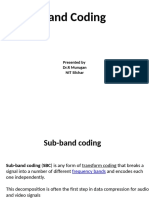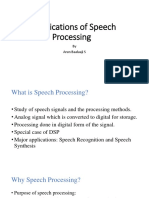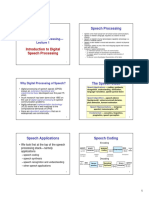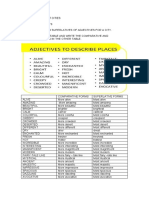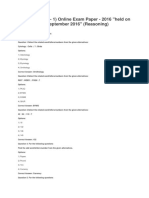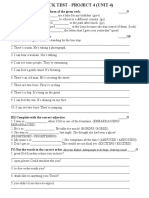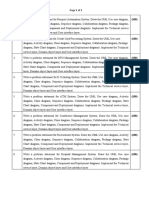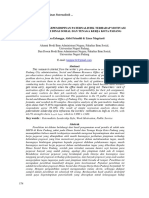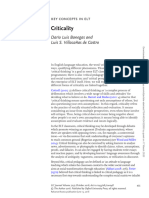0% found this document useful (0 votes)
830 views11 pagesDSP in Speech Processing
It is a small PowerPoint presentation on the role played by Digital Signal Processing in speech processing.
Uploaded by
Ketan GargCopyright
© © All Rights Reserved
We take content rights seriously. If you suspect this is your content, claim it here.
Available Formats
Download as PPTX, PDF, TXT or read online on Scribd
0% found this document useful (0 votes)
830 views11 pagesDSP in Speech Processing
It is a small PowerPoint presentation on the role played by Digital Signal Processing in speech processing.
Uploaded by
Ketan GargCopyright
© © All Rights Reserved
We take content rights seriously. If you suspect this is your content, claim it here.
Available Formats
Download as PPTX, PDF, TXT or read online on Scribd
/ 11










